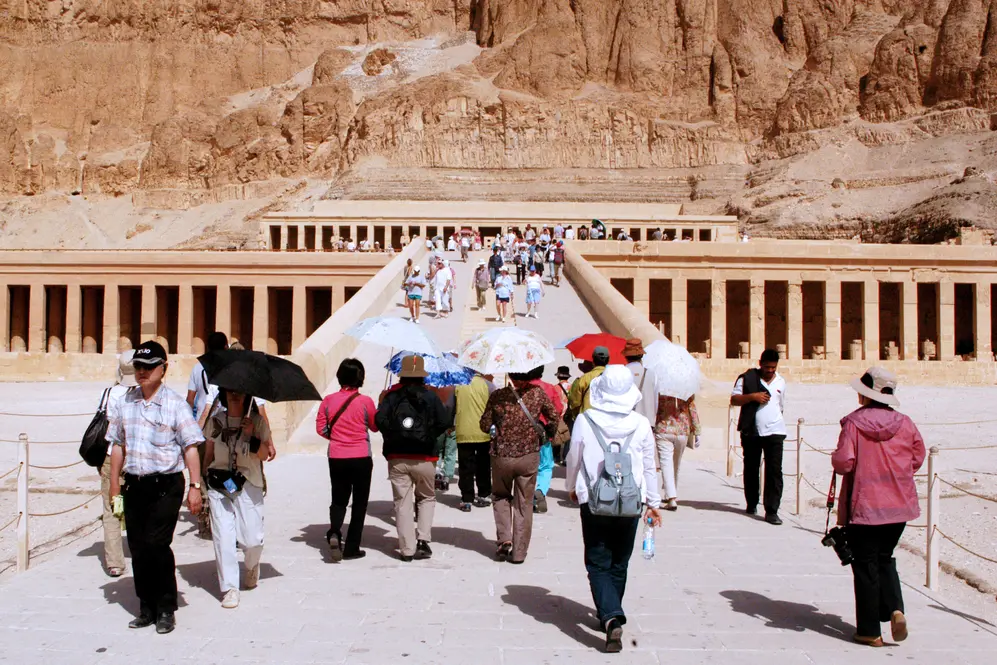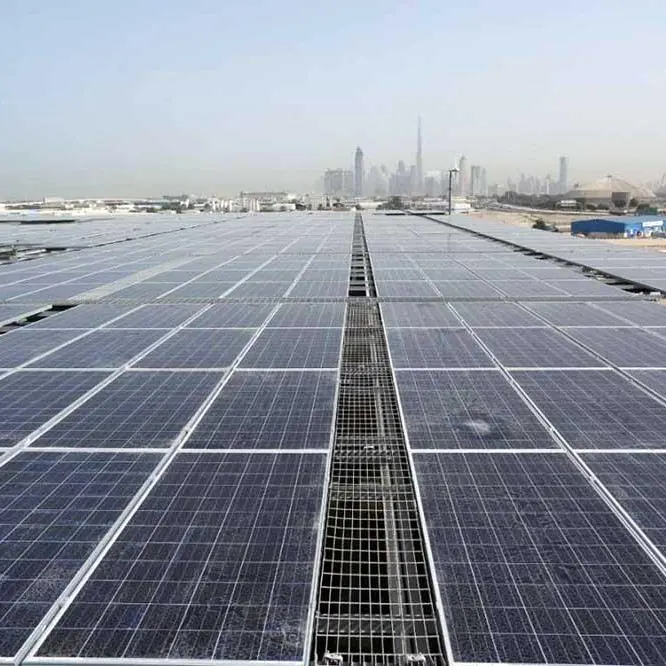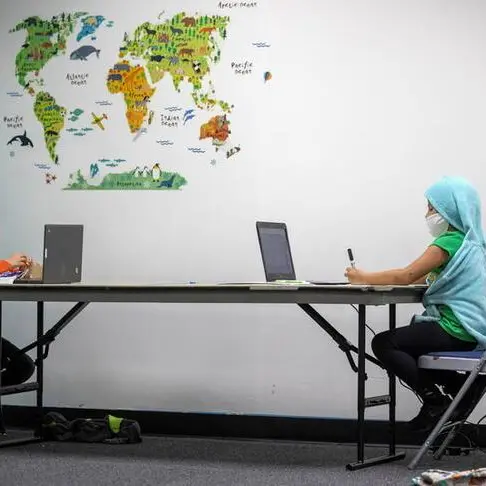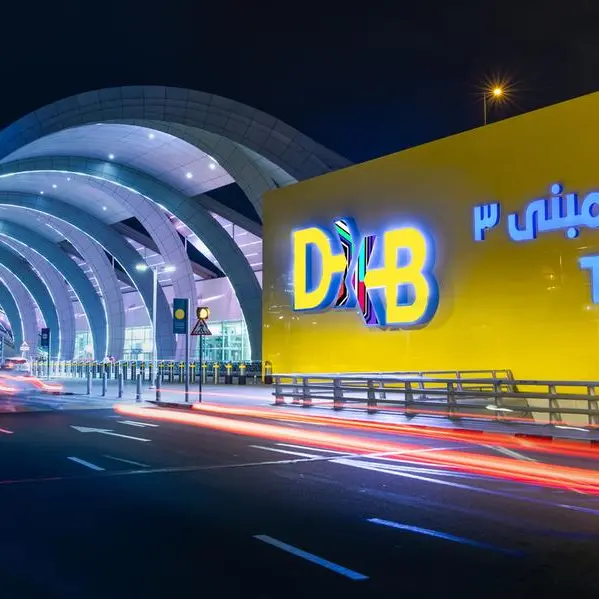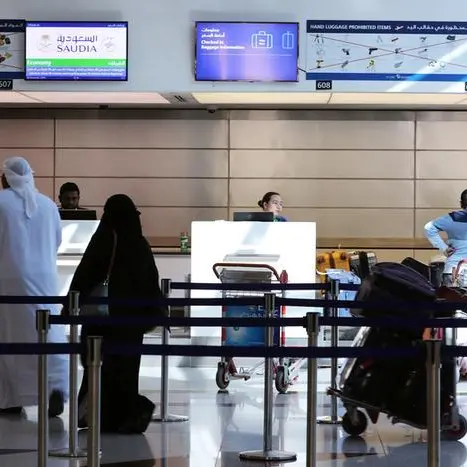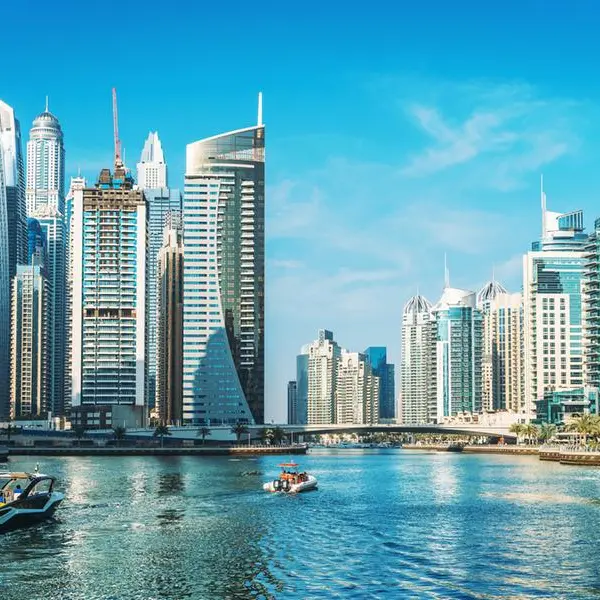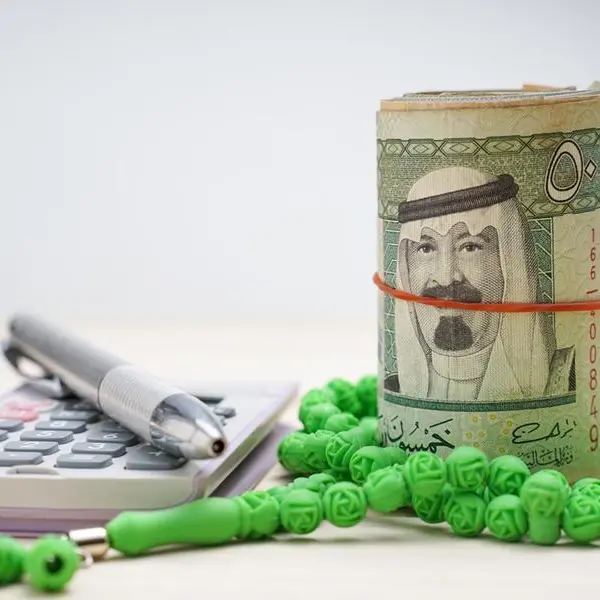PHOTO
On April 13 the Ministry of Antiquities unveiled a 4300-year-old tomb at Saqqara, a necropolis south of Cairo. The burial site housed the mummy of Khuwy, a high-ranking, Fifth Dynasty official who may have been related to the pharaoh Djedkare Isesi.
Khuwy’s tomb is built predominantly from white limestone and decorated with a series of ornate paintings that contain a special green resin and other oils used in burial rituals. In addition, the structure includes a tunnelled entrance, an architectural feature characteristic of pyramids.
Several days later, the ministry announced the discovery of a 3500-year-old tomb in Luxor, a city on the Nile in Upper Egypt. The 450-sq-metre crypt features 18 entrance gates and contains the remains of Shedsu-Djehuty, who is believed to have been a nobleman of the 18th Dynasty.
Other developments of note include the February discovery of 50 mummies in Minya, a Nile city in Middle Egypt, as well as the completion of a $9m project to restore the Pyramid of Djoser, a structure at Saqqara built during the Third Dynasty and regarded as the world’s oldest, intact, large-scale stone monument.
New investment to support archaeological finds
Alongside this string of archaeological finds, the Egyptian government has committed to a series of new investments intended to boost the heritage tourism segment, which has been a longstanding attraction for foreign visitors.
The centrepiece of these efforts involves the development of the Grand Egyptian Museum (GEM) in Giza, where some of the country’s most iconic structures are located.
Once complete, the $1bn project will become Egypt’s largest museum and the world’s most extensive archaeological collection, spanning 50 ha and exhibiting some 100,000 artefacts, including the entire collection of objects recovered from the tomb of King Tutankhamen.
In addition to the archaeological display and the preservation equipment, the complex will offer a suite of other facilities, including a conference centre, a 1000-seat auditorium, restaurants and a business centre.
When it becomes fully operational, the development is projected to attract roughly 5m visitors per year and would accelerate a positive client trend among the country’s museums, which welcomed 2.85m people last year, up 20.5% from 2.36m in 2017.
The GEM will be supported by the nearby Giza Development Plateau Project, which aims to improve tourist accessibility around the Great Pyramids and the Sphinx.
The LE349m ($20.5m) project will include the implementation of panoramic pathways, a solar-powered lighting system to illuminate the Pyramids, 50 marketplaces for vendors, a visitor centre and other facilities.
Anticipating an increase in tourists as a result of these new investments, trial domestic flights to and from the new Sphinx International Airport commenced in January, with the airport expected to be fully operational next year to coincide with the opening of the GEM.
The $17m airport, which was built to ease congestion at Cairo International Airport, is located 12 km from the Pyramids and will have the capacity to accommodate some 300 passengers per hour.
Heritage segment supports wider sector growth
The increase in heritage tourism attractions and facilities could also go a long way in furthering the broader tourism sector’s rebound of recent years.
Egypt welcomed a record 14.7m foreign tourists in 2010, when the sector employed 10% of the workforce and generated an equivalent share of its GDP.
However, the 2011 uprising, which resulted in the ouster of then-President Hosni Mubarak, coupled with the downing of a Russian charter plane over the Sinai Peninsula in October 2015, saw arrivals drop to 5.4m in 2016, and annual revenue fall by 69.6% to $3.8m over the period.
In June 2018 officials sought to incentivise tourist arrivals by implementing an e-visa system for 46 countries, including key source markets such as Russia, the UK, Spain and Italy.
“While we continue to work to increase the number of tourists from Europe, which currently accounts for 55% of tourists, our aim is to increase the share of tourists coming from other markets around the world,” Rania Al Mashat, the minister of tourism, told OBG.
“Given rising wealth in Asia and the number of tourists it represents, we see this as an opportunity to develop this market.”
Although arrival numbers have improved in recent years, reaching 11.6m last year, according to the Egyptian Tourism Federation, they have yet to surpass 2010 figures, indicating further room for growth.
This may be due, in part, to continued perceptions of insecurity. While officials have been taking measures to improve security measures, Egypt has seen occasional episodes of violence, including two, widely reported terrorist attacks in the last seven months targeting foreigners on bus tours. If these security concerns persist, they have the potential to affect growth prospects for the sector.
Nonetheless, the ongoing pace of expansion is yielding measurable economic benefits, as it remains a key source of foreign exchange. The sector was valued at LE528.7bn ($29.7bn) – or 11.9% of GDP last year, in line with its 2010 contribution – and according to the World Travel & Tourism Council, it generated LE218.1bn ($12.8bn) in visitor spending alone, and accounted for 27.3% of exports.
© Oxford Business Group 2019